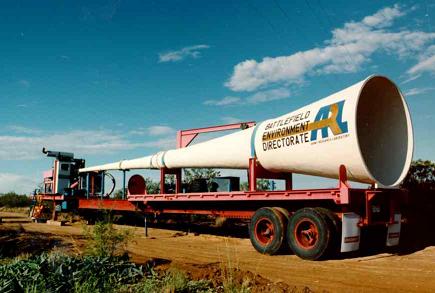Create a Blog Post and Take Notes
- Create to blog post titled, Listen Smart – Safely Handling the Power of Sound
- Create the following headings and reminders for content:
- Can You Hear This?
- Listen Smart – Safely Handling the Power of Sound
- Embed video: https://www.youtube.com/watch?v=l4HA6qm5C64
- Take notes on listening safely
- 3M™ Hearing Conservation Worker Training Video
- Embed video: https://www.youtube.com/watch?v=ilsqGcCmPeQ
- Take notes on listening safely
- SoundAdvice.info For Audio Career Tips
- Examine soundadvice.info for information about sound safety in the workplace
- Take notes on sound careers and safety
- Chart of Sound in the Environment
- Insert a chart with volume levels from Mr. Le Duc’s blog post
- Create the following headings and reminders for content:
Student Samples
Decibel
The decibel (dB) is commonly used in acoustics as a unit of sound pressure level.
Sound pressure is a field quantity, therefore the field version of the unit definition is used:
Can You hear This?
How well can you hear?
- Check out this frequency test: http://www.noiseaddicts.com/2009/03/can-you-hear-this-hearing-test/
Hearing loss happens very quickly at high audio volumes, like your iPod turned up loud. How loud?
- Check out this list: http://makeitlouder.com/Decibel%20Level%20Chart.txt
Watch Listen Smart – Safely Handling the Power of Sound
https://youtu.be/dVzMMv5KhMQ

- This site will prepare you for the sound issues related to the at work in music and entertainment
- Examine soundadvice.info for information about sound safety in the workplace
Sound Levels and Recommendations
The information below is from HearNet.com
When you notice a difference between loud sounds and quiet ones, your ears are perceiving changes in sound pressure level. Intensity (or volume) is measured in decibels (dB). Zero (0) dB is the softest sound that can be heard. Normal conversation is around 40dB to 60dB, a whisper around 30dB. A rock concert can average between 110 and 120 dB. Pain from hearing is subjective. Levels below 125 dB may be painful to some individuals. The sound from a jet plane is approximately 140 dB.
At rock shows, the dB level can be as great as 140 dB in front of the speakers, but less than 120 dB at the back which is still very loud and dangerous.
OSHA PEL Recommends
The maximum exposure time for unprotected ears per day is 8 hours at 90 dB , A-weighted, slow response For every 5- dB increase in volume, the maximum exposure time is cut in half.
- 95 dB – 4 hours
- 100 dB – 2 hours
- 110 dB – 30 min
- 120 dB- 7.5 min
Many hearing professionals believe that these permissible levels are still too high for hearing safety.
NIOSH Recommends
the National Institute for Occupational Safety and Health recommends 85 dB for eight hours a day. The maximum exposure time for unprotected ears per day is 8 hours at 85-dB, A-weighted, slow response For every 3- dB increase in volume, the maximum exposure time is cut in half.
- 88 dB – 4 hours
- 91 dB – 2 hours
- 97 dB – 30 min
- 103 dB- 7.5 min
Sound Levels Chart

Sound Levels at CHS
- Conversation in the gym, before an assembly is about 80 dB
- The national anthem, drill team with msuic, and a band playing are about 110 dB
Another Chart of Sound in the Environment

Image from soundadvice.info
